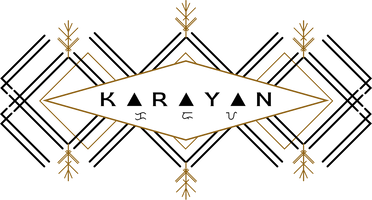Spring cleaning sale! 20% off entire order. From April 1-5, 2024 ONLY.
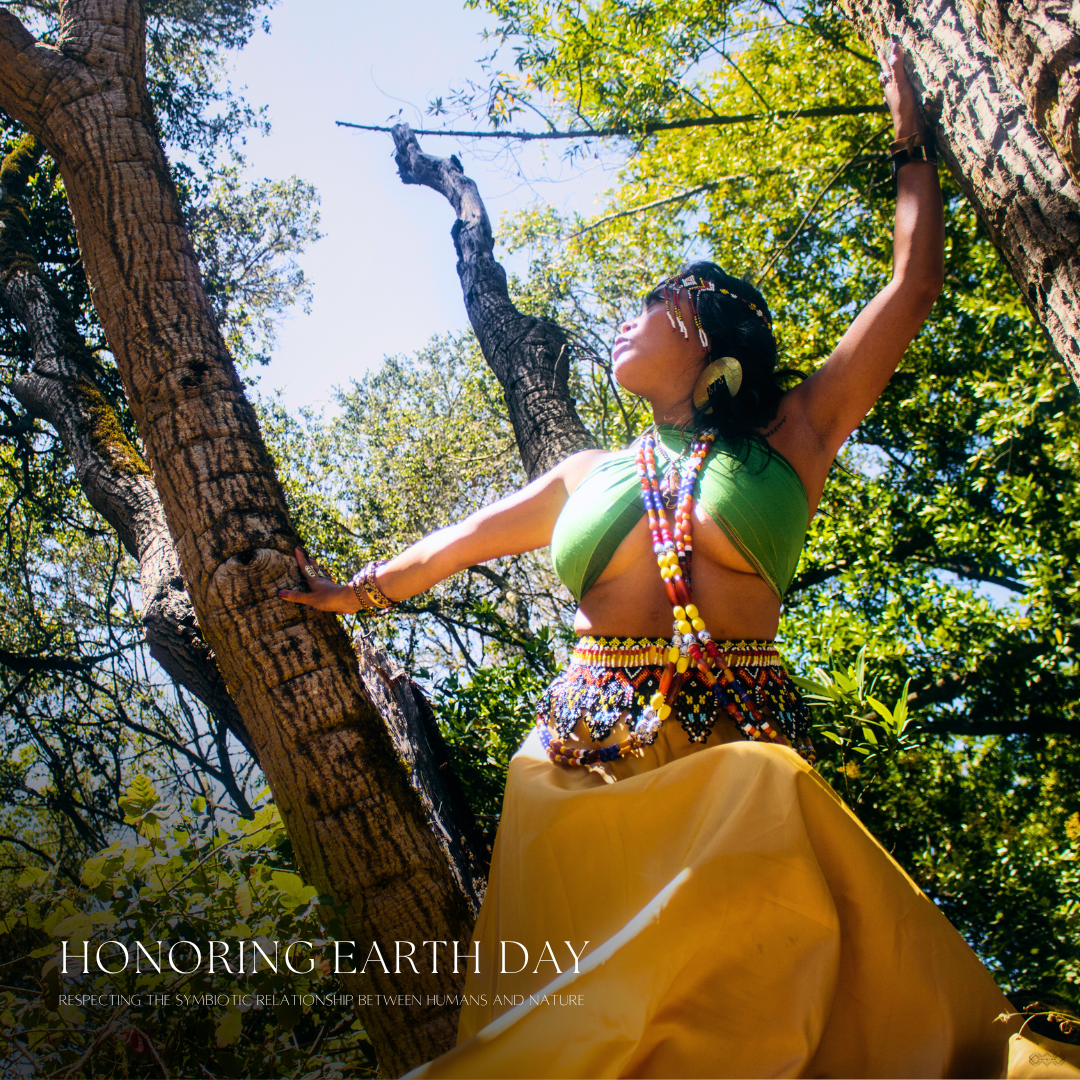
Earth Day Theme and Medicinal plants
4 days ago
·Honoring Earth Day
Today, we encourage our community to think about our relationship with the pl...
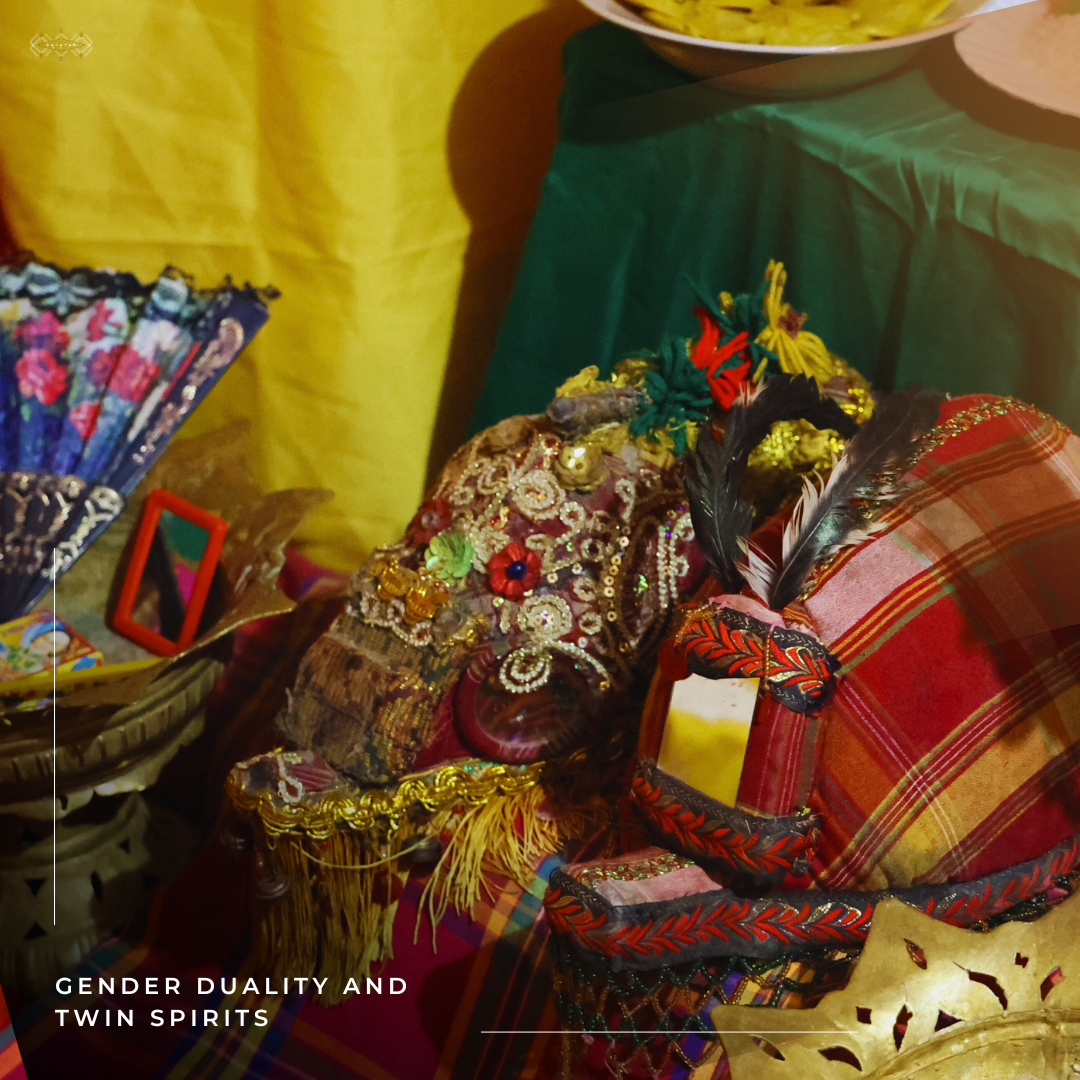
Gender Issues, Duality in pre-colonial times in the Philippines
·
Re-membering Indigenous Wisdom: Gender Duality and Twin Spirits
In Indigenous cultures in the Ph...
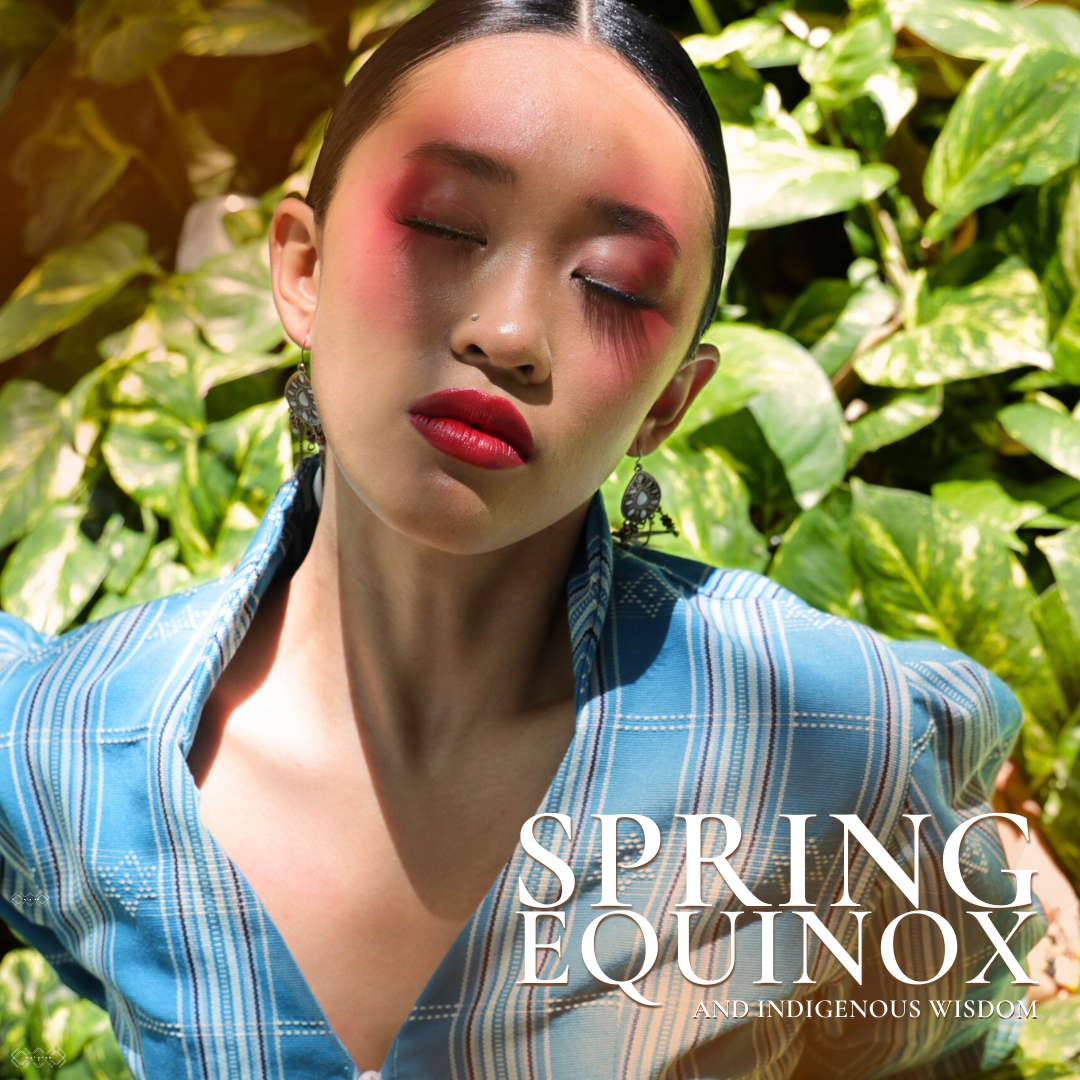
Spring Equinox and Indigenous Wisdom
·
As the days lengthen and the earth awakens from its winter slumber, we find ourselves at the thre...
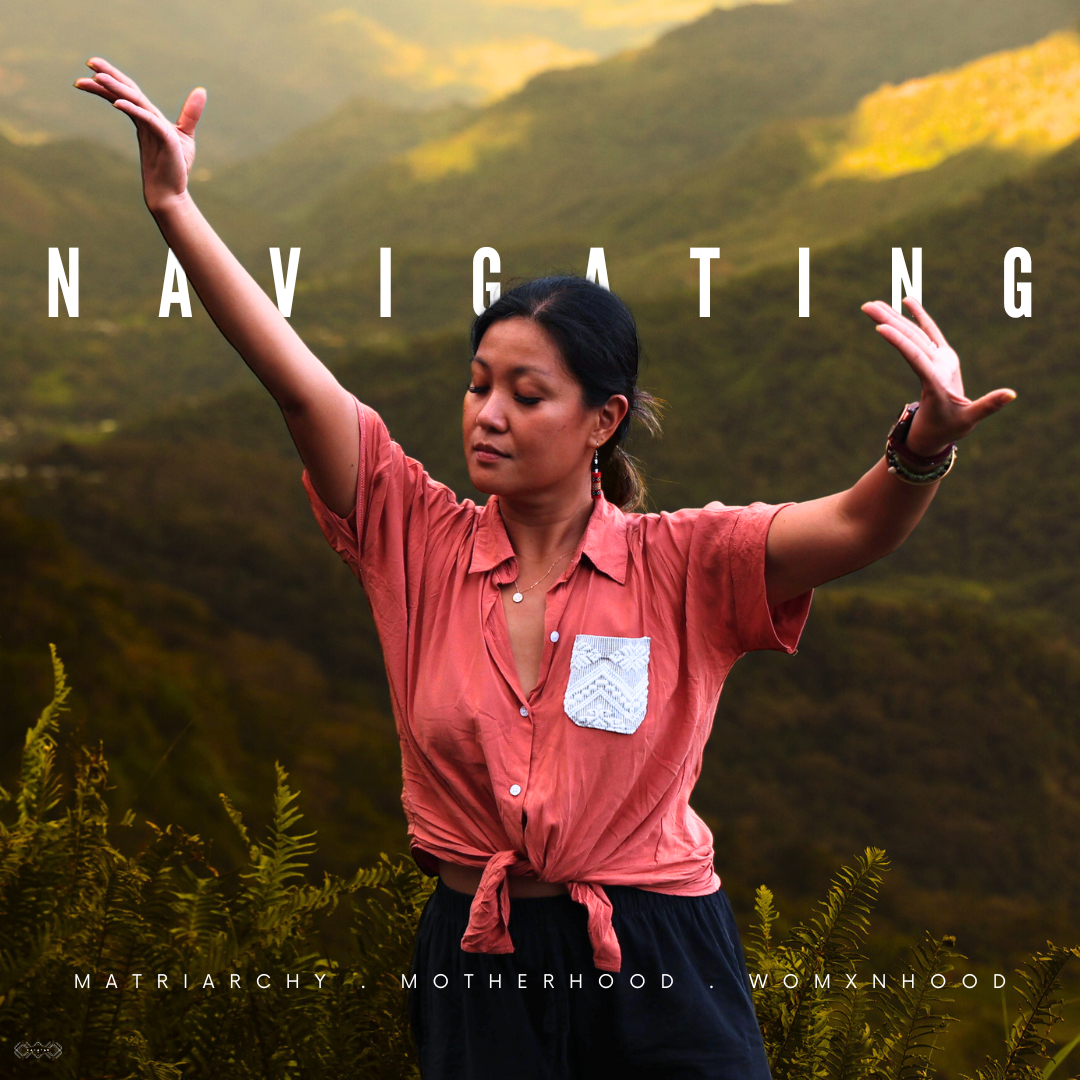
Navigating Matriarchy, Motherhood, Womxnhood in this Day and Age By Lydia Querian
·
Navigating the complexities of womxnhood as a Filipinx/a in the diaspora is a multifaceted experi...
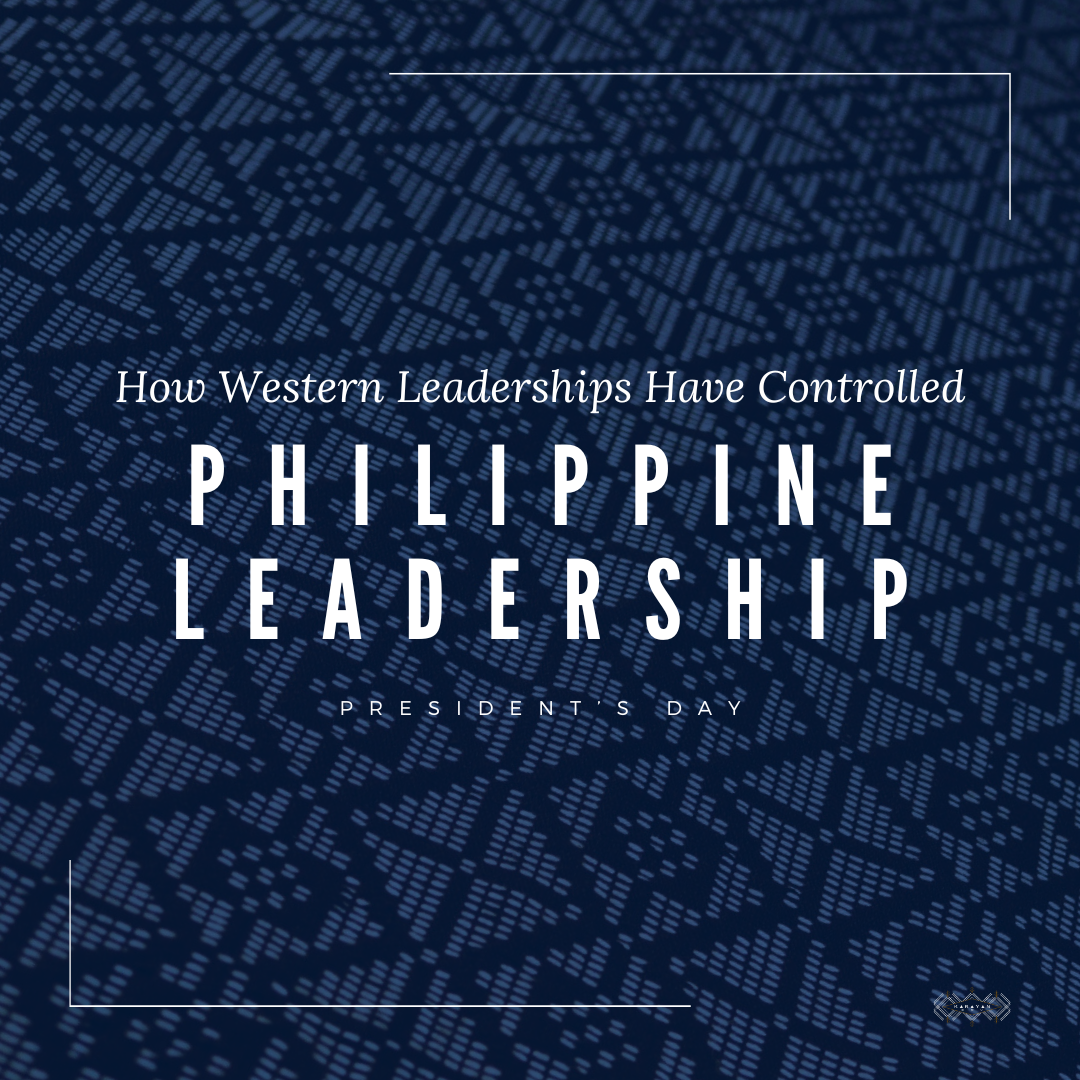
Western Leaderships and How it Influenced Philippine leadership
·
President’s Day is today and we can’t help but think that it's an opportune time to reflect on l...
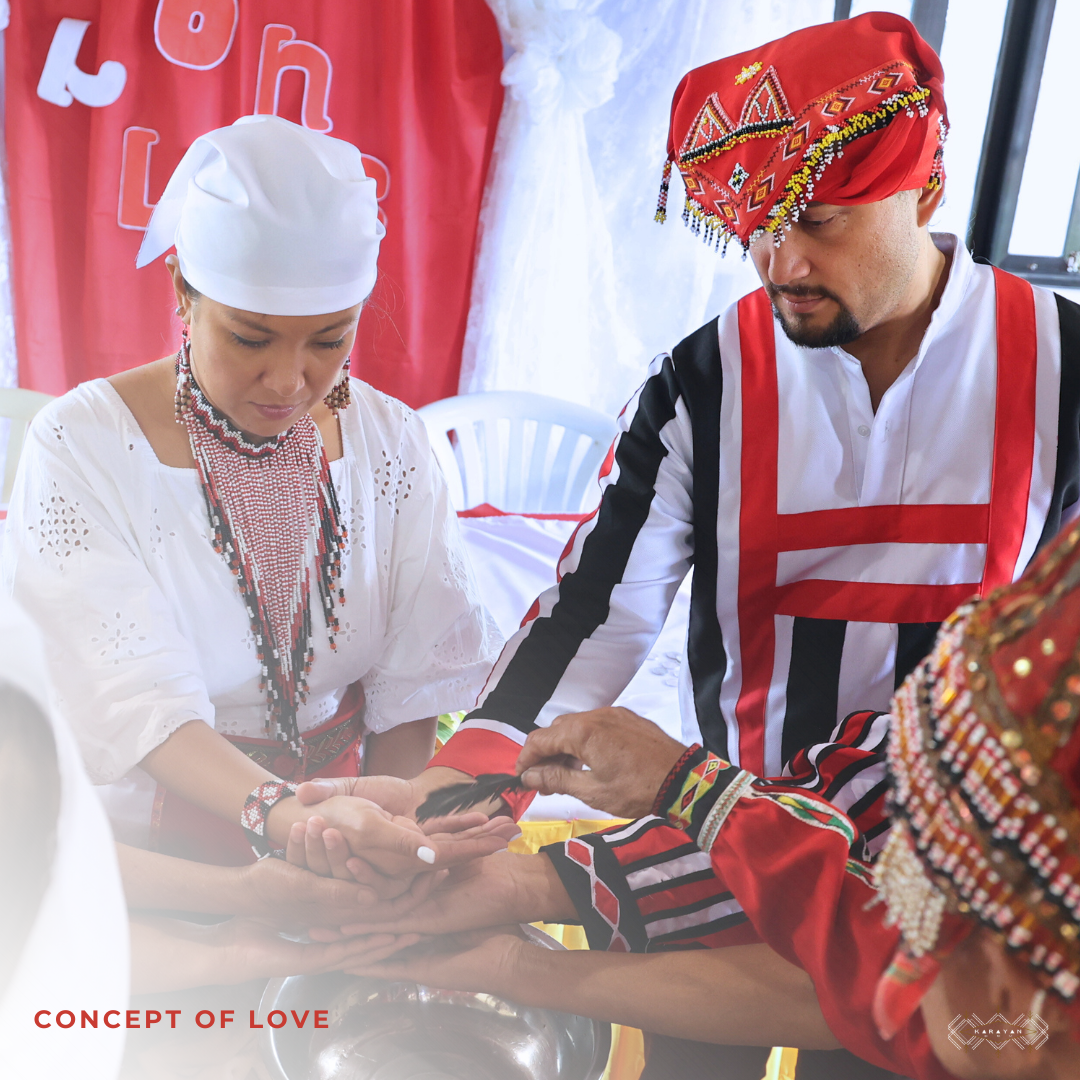
The Concept of Love
·
My husband and I stood in front of a dozen community leaders in Sungco, Bukidnon, in December 202...
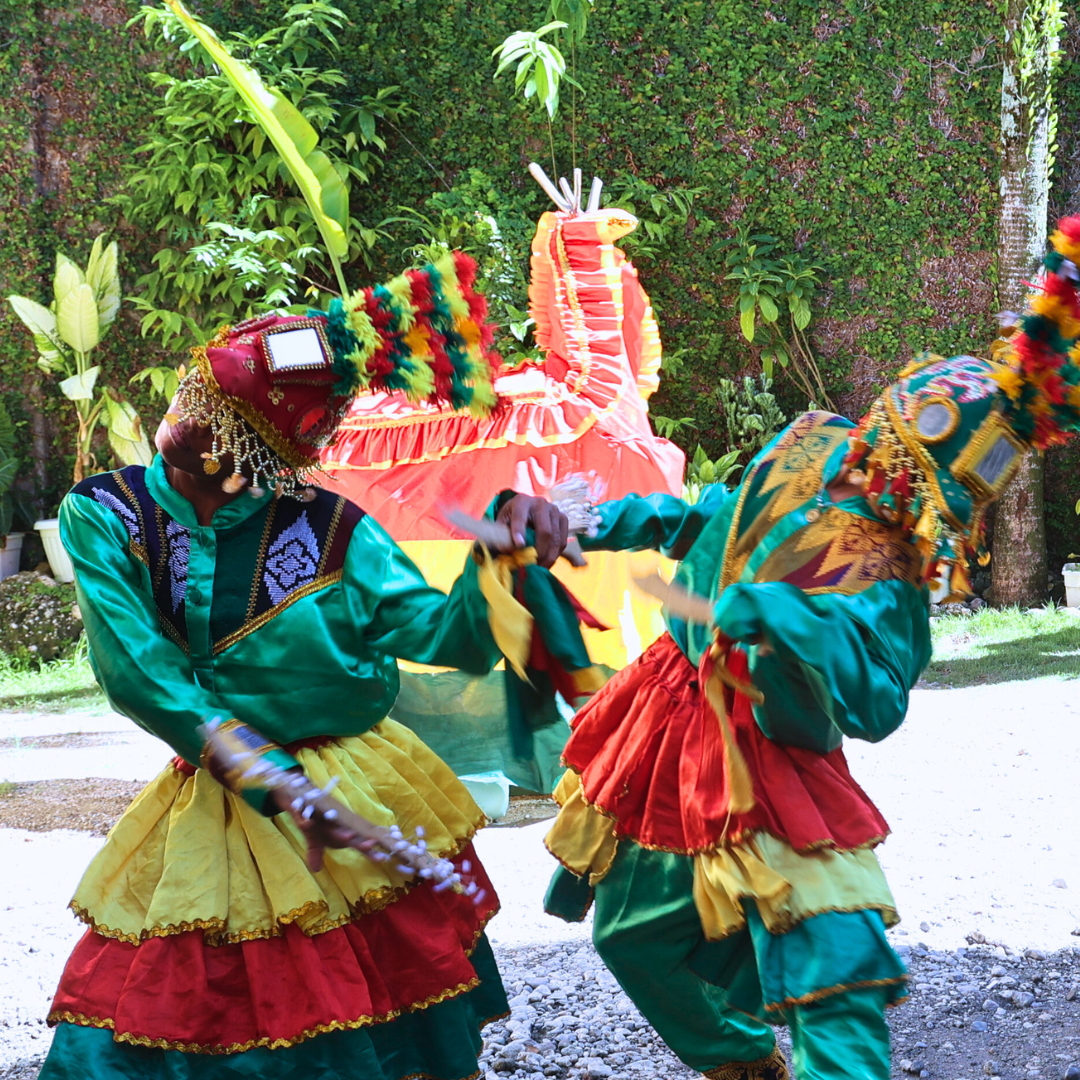
Dragon stories in Indigenous communities in the Philippines
·
Happy Lunar year of the dragon!
In many East Asian cultures, the dragon is seen as a symbol of a...

Black History Month: African-Americans as allies to the Filipinx/o/a People
·
Happy black history month to you all! May we all find connectedness and intersections around our ...
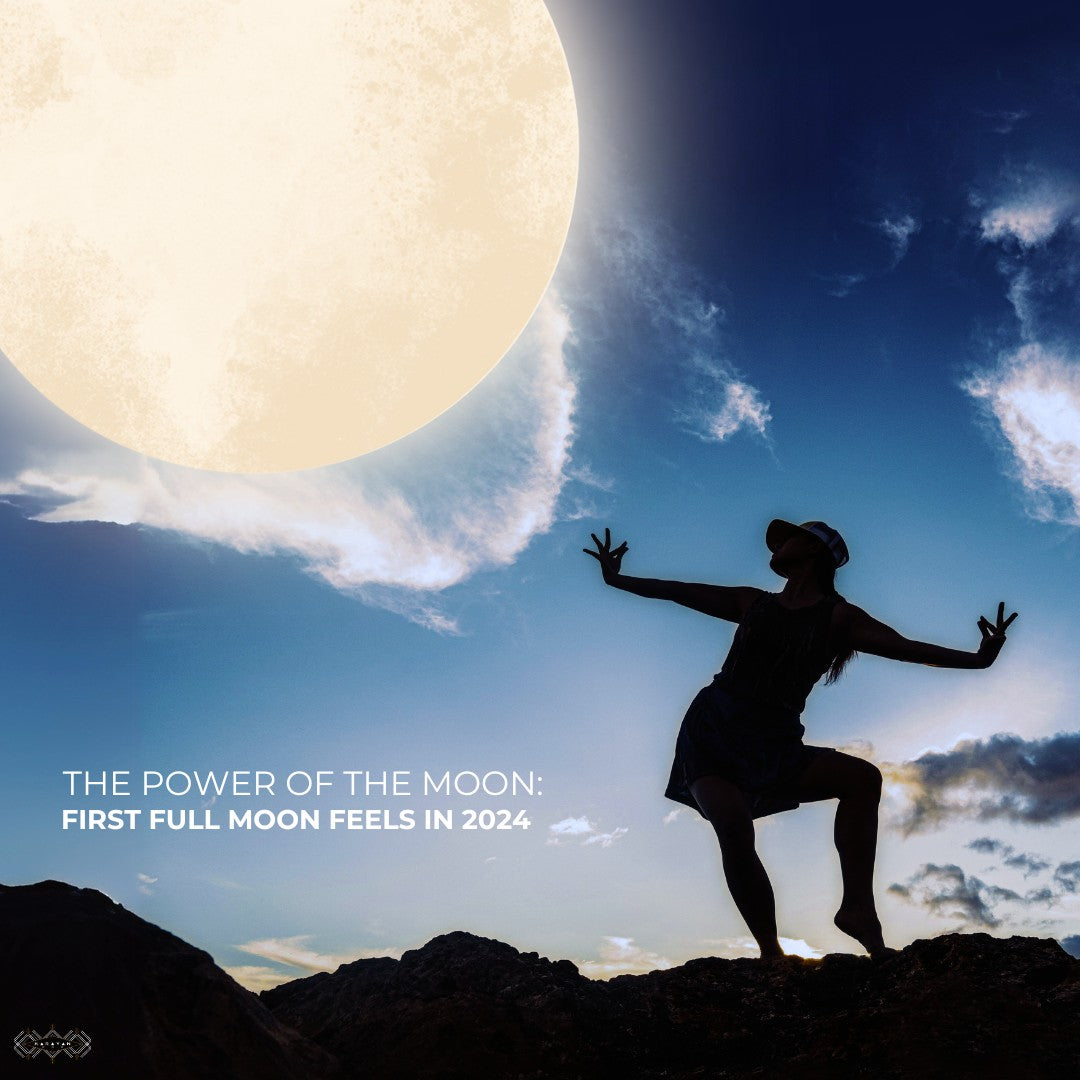
The Power of the Moon: First Full Moon Feels in 2024
·
Happy first full moon of the year!
Energies are on steroids around this time, and for many, the...
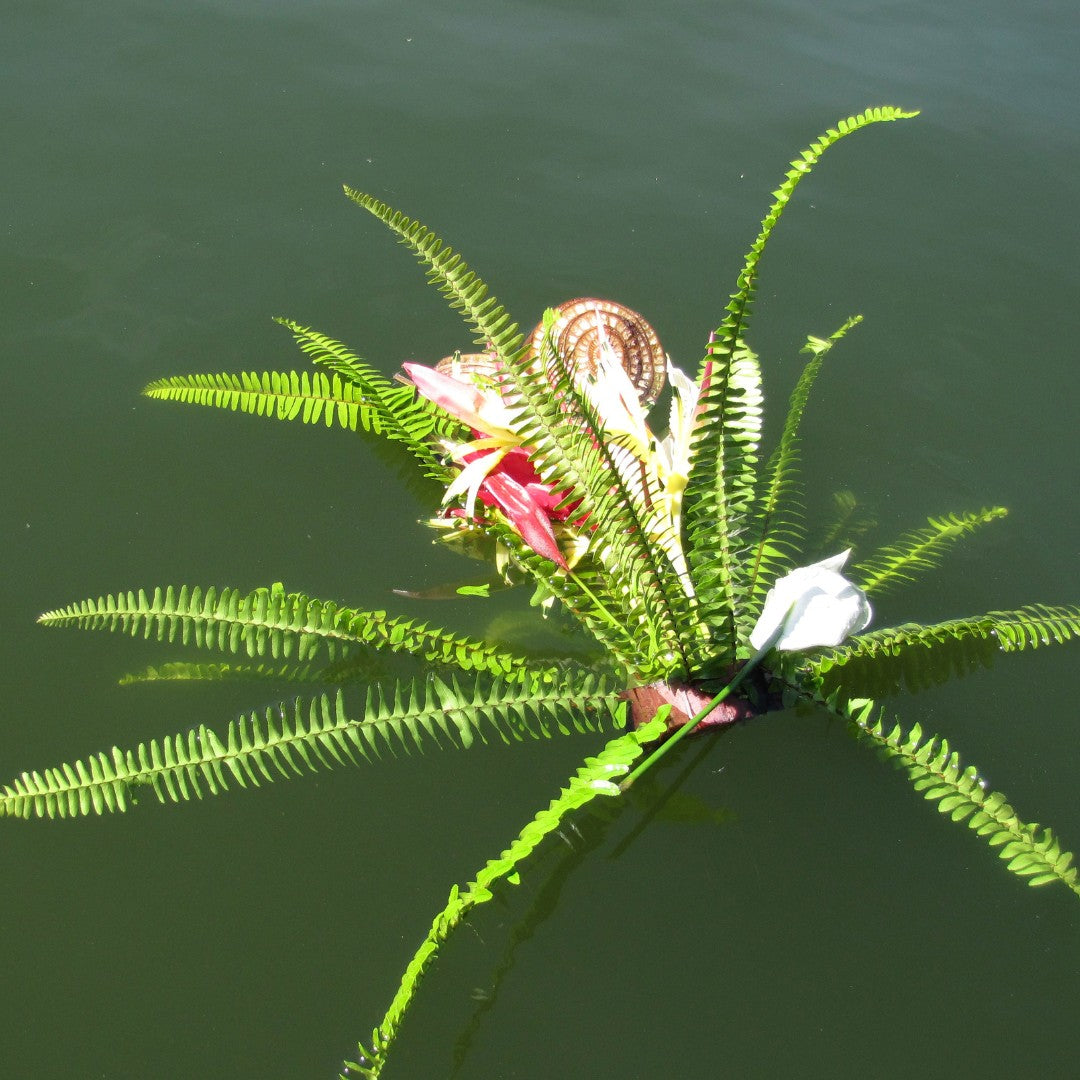
Acknowledging Privilege in the Filipinx Diaspora: An Artist's Perspective
·
Living this Filipinx diasporic life for almost half of my life, I’ve come to realize that acknowl...
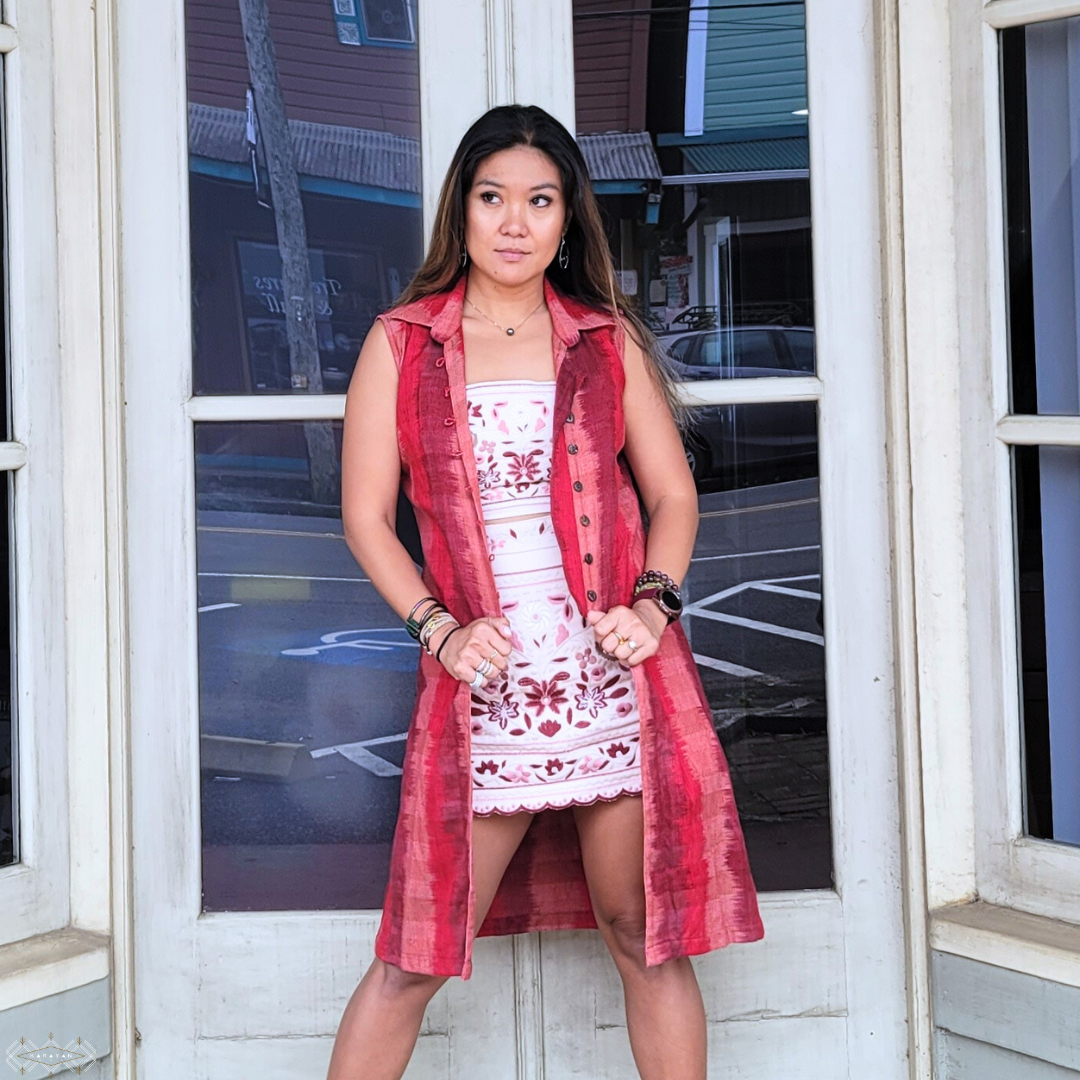
Navigating Life As A BIPOC Immigrant Through Fashion
·
Fashion has always been a powerful means of self-expression, a language we all speak, regardless ...

In Solidarity with Palestine
·
We stand in solidarity with the community in Palestine. As a community that has endured generatio...
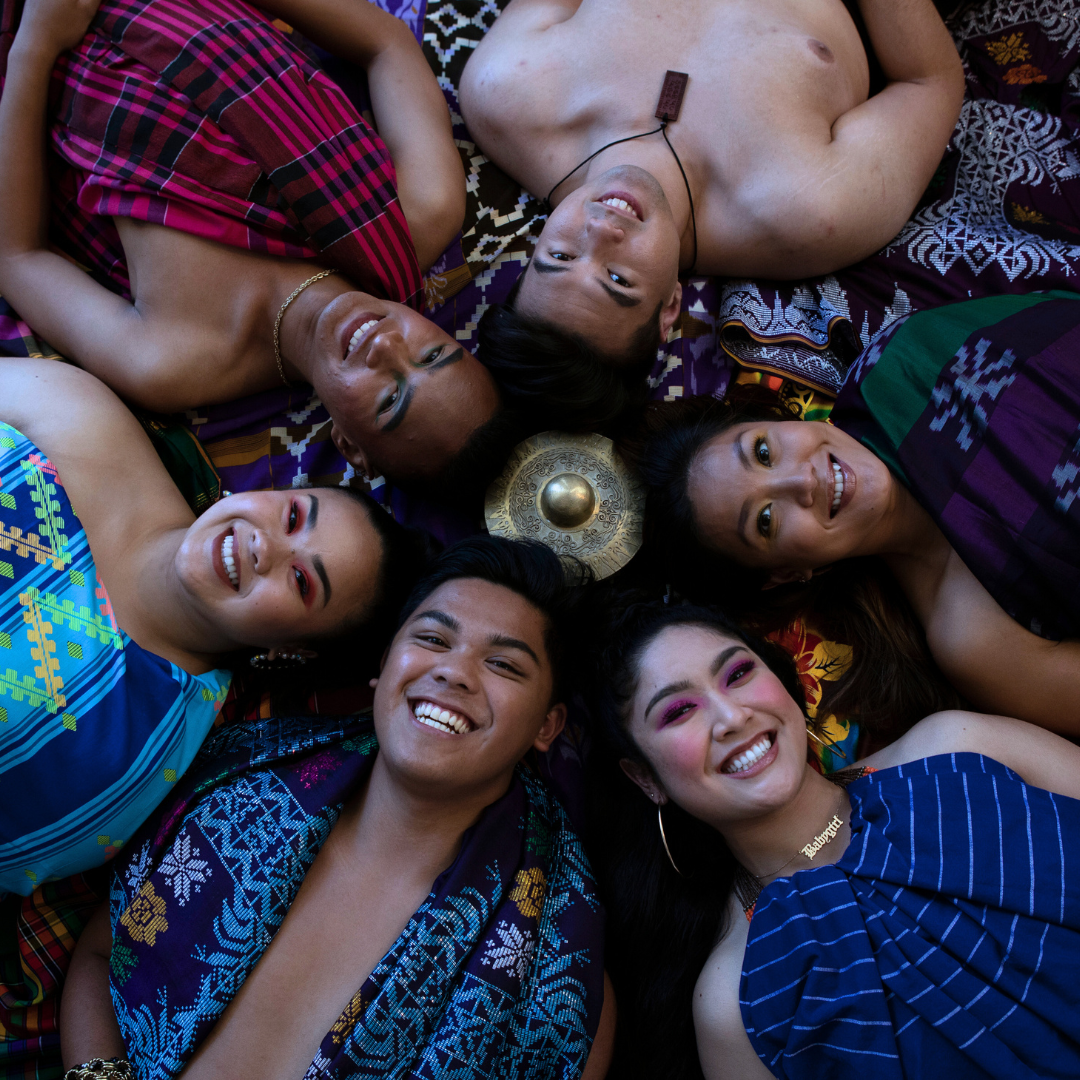
Embracing Pre-Philippine/Pre-Colonial Culture for Sustainability and Diversity
·
In an increasingly interconnected world, the importance of cultural representation cannot be ove...
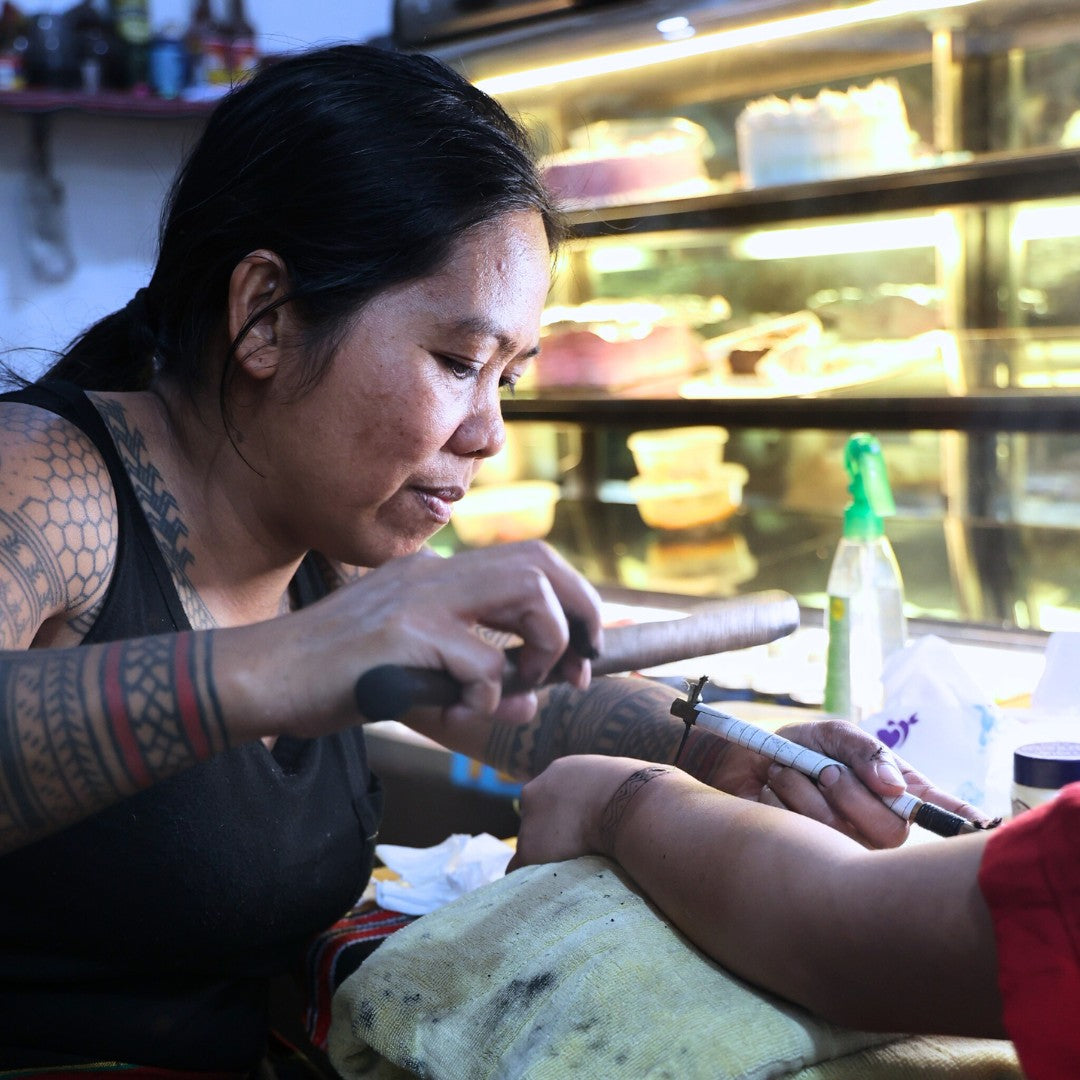
Indigenous Motiffs and Understanding The Origins in understanding the cultural identity of the Philippines
·
Indigenous motifs in the Philippines have a deep history that dates back to precolonial times. Th...
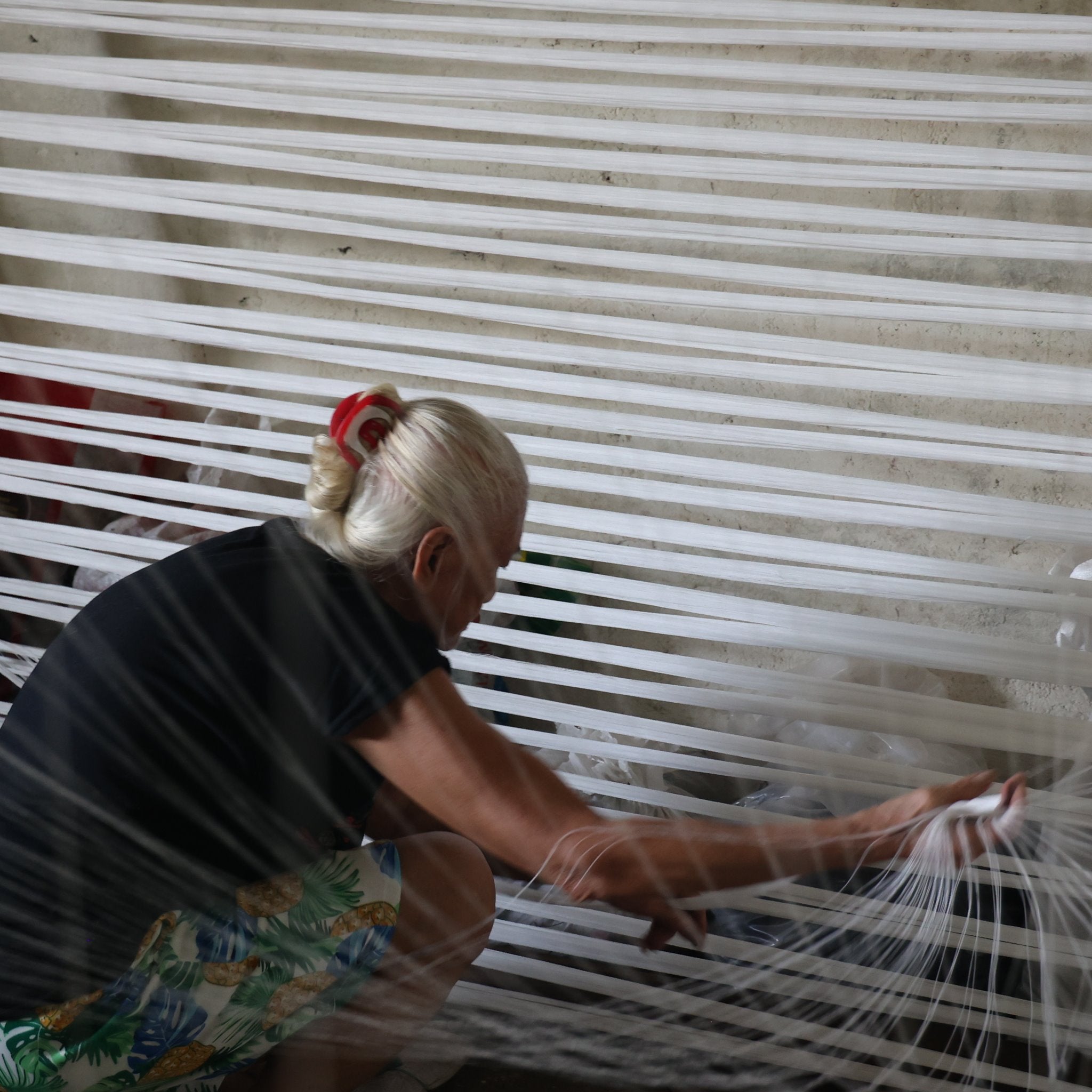
Weaving and Wellness: Unraveling the Meditative Magic
·
As I sit here, reflecting on my encounters with weaving communities over the past eight years, I...
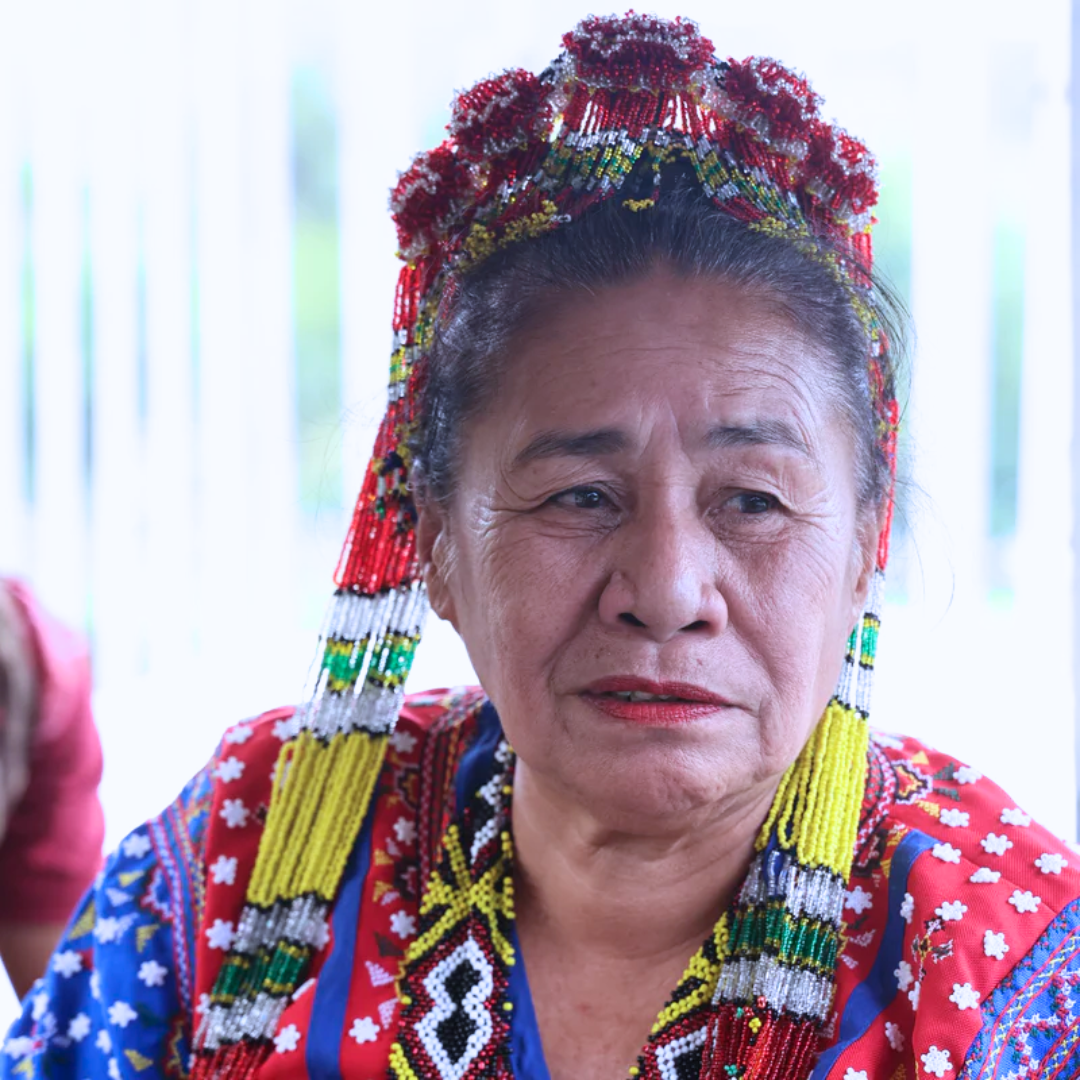
Nanay Myrna and the T'boli community
·
🌿 Nanay Myrna B. Pula, also known as Aning Bebing, a descendant of the T'boli tribe from Mindanao...
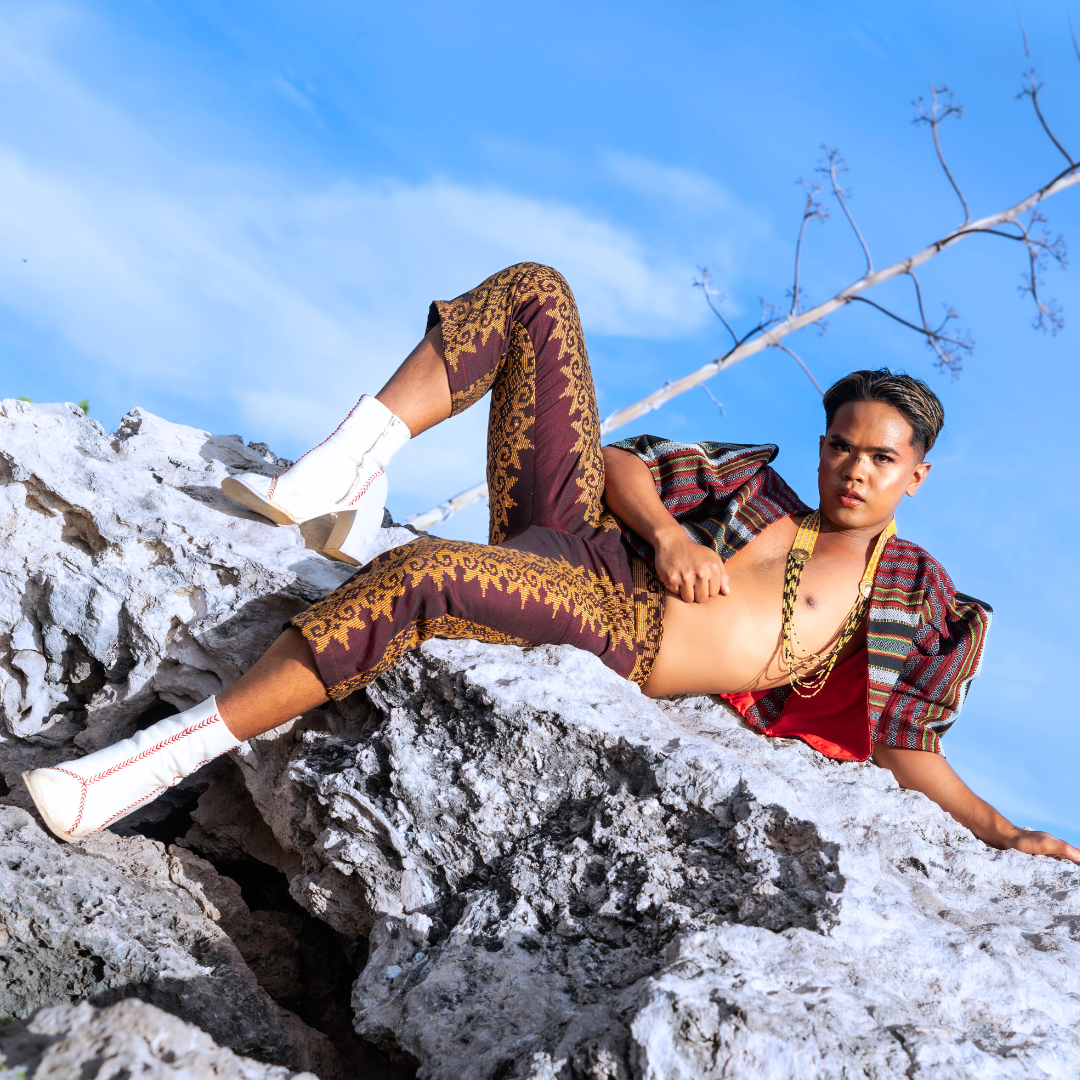
Being Queer is Indigenous
·
Queerness in Filipino Indigenous communities has been traditionally viewed in a positive light in...
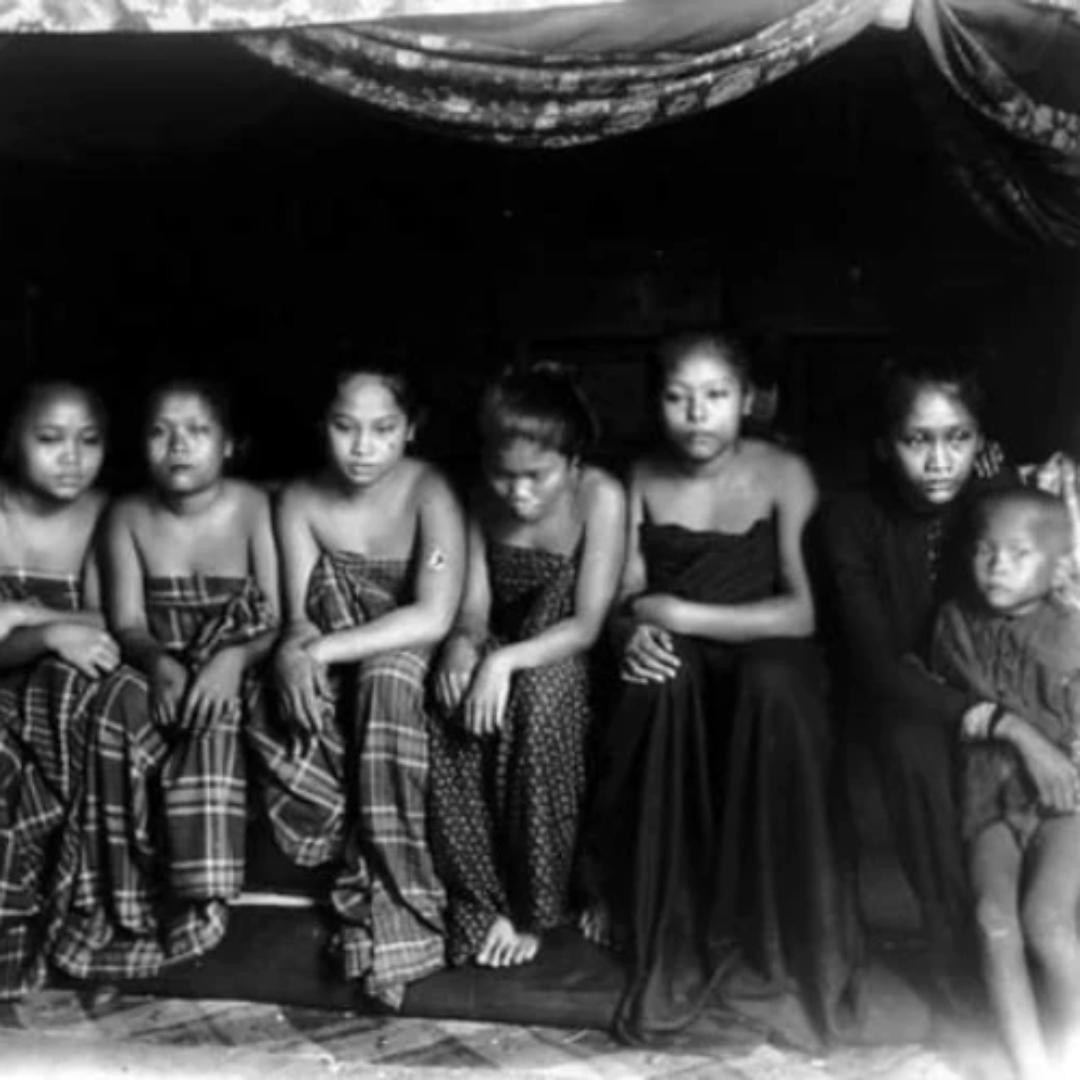
Celebrating Gratitude with the Malong
·
Celebrating Gratitude with the Malong
The inception of Daily Malong was inspired by my travels ar...
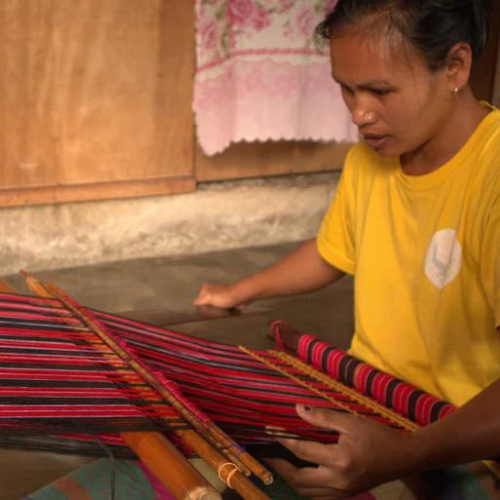
Philippine Weaving Identities
·
Daily Malong is on a mission to enrich communities, share our culture and discover new connection...
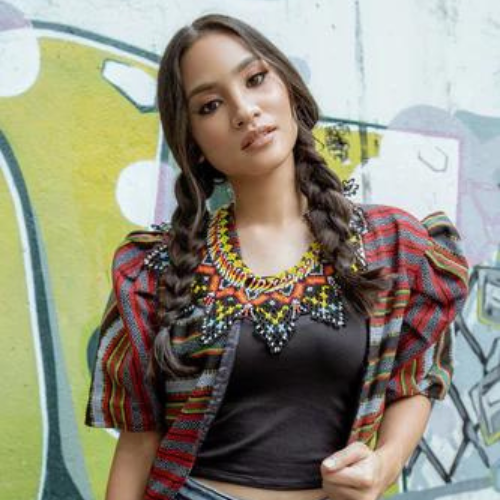
Indigenous is the Future
·
When we hear the term ‘indigenous’, we often think of it as old, ancient, out of style or primiti...
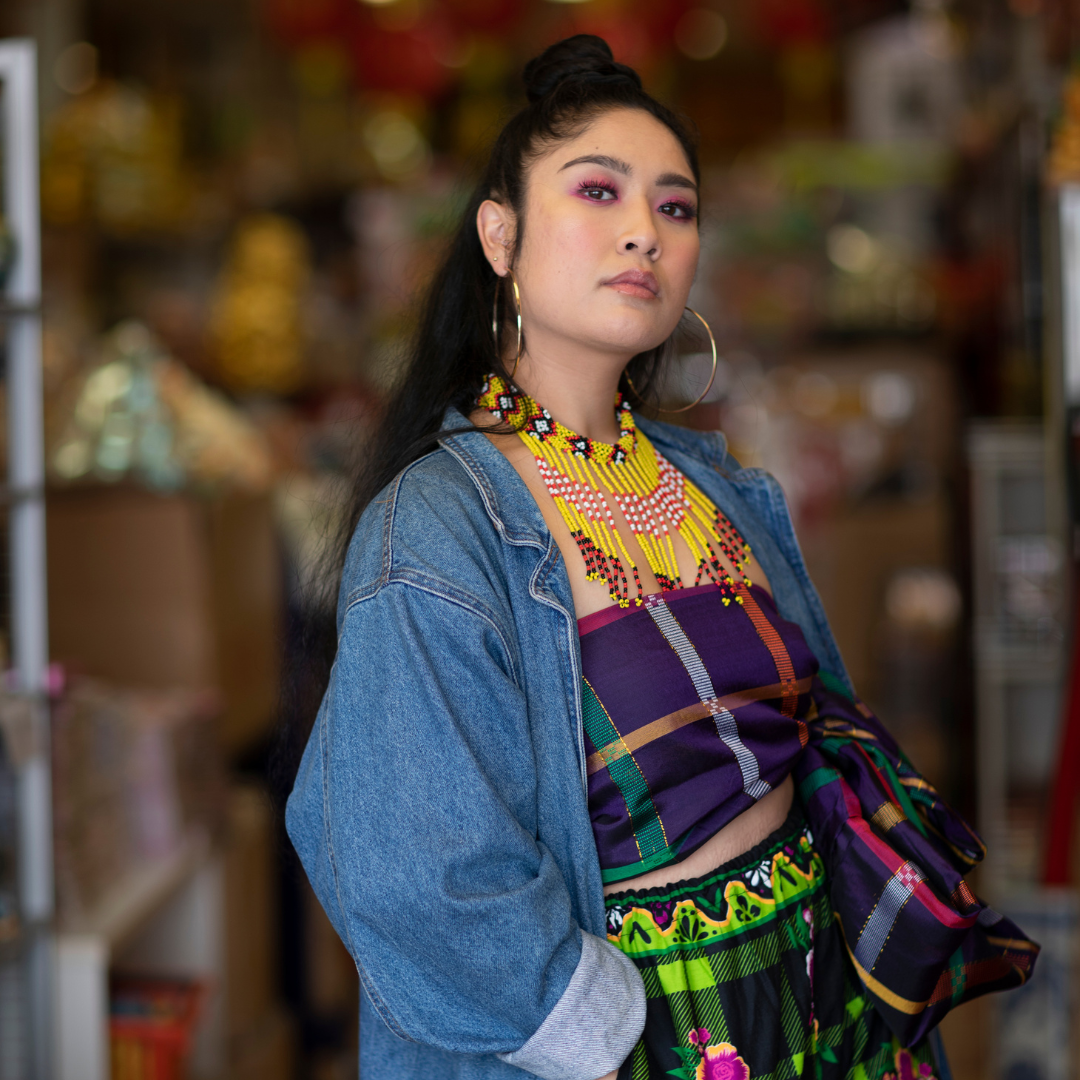
Undas, Halloween and your OOTD
·
It's Halloween! It'll be interesting to see how this all works out with COVID-19. When I migrated...
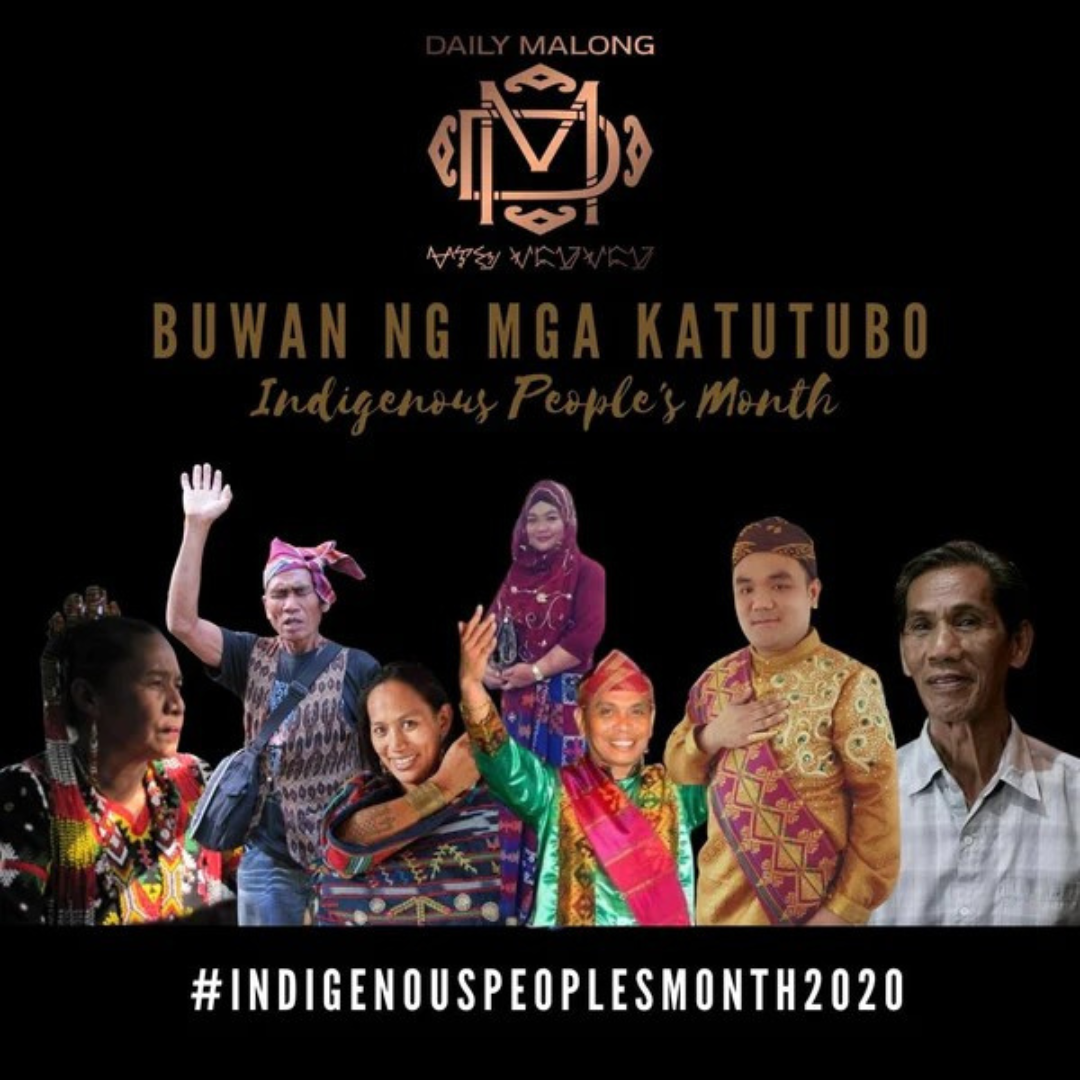
Indigenous People's Month x Filipinx American History Month
·
Happy IP and FAHM Month! If you have seen previous content from our social media accounts, we lik...
